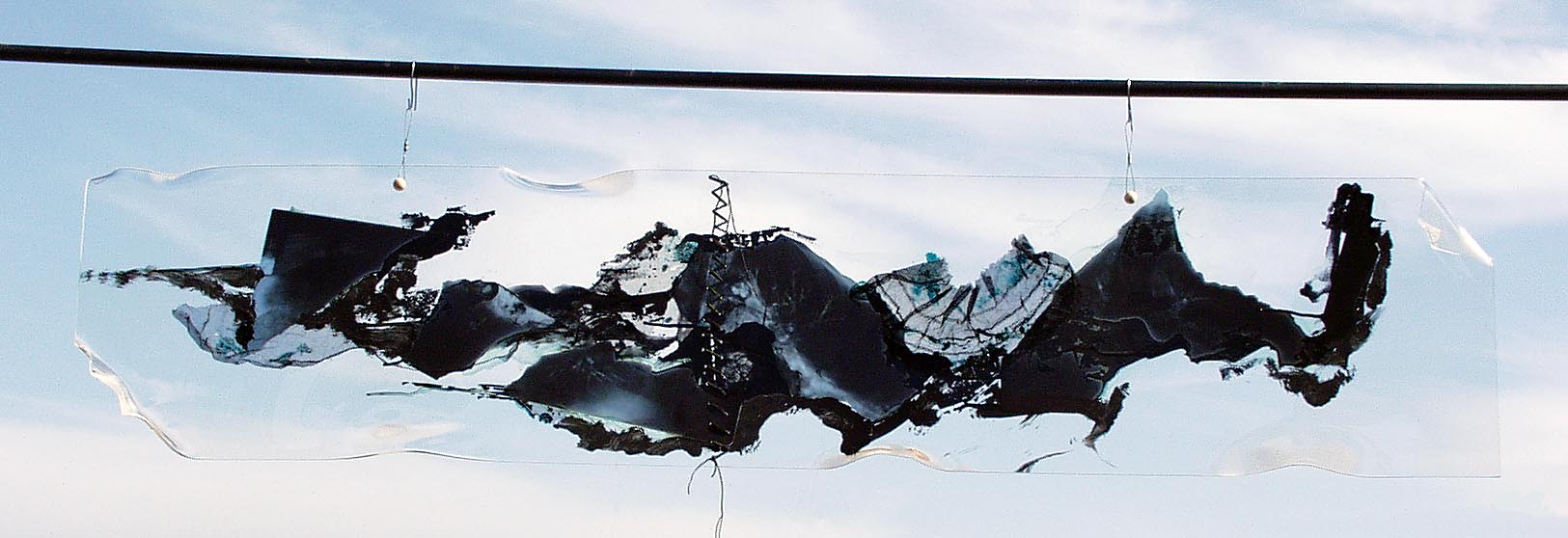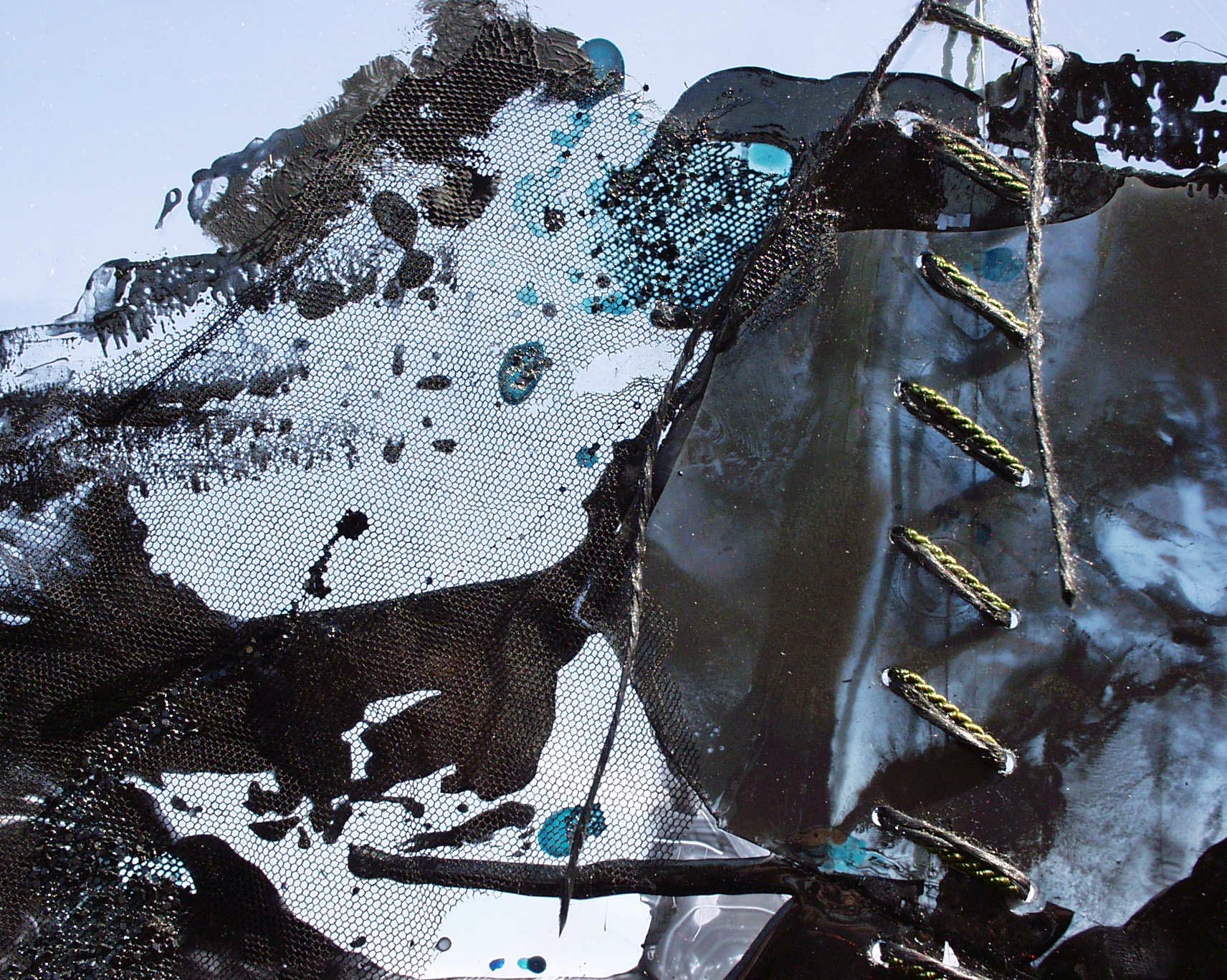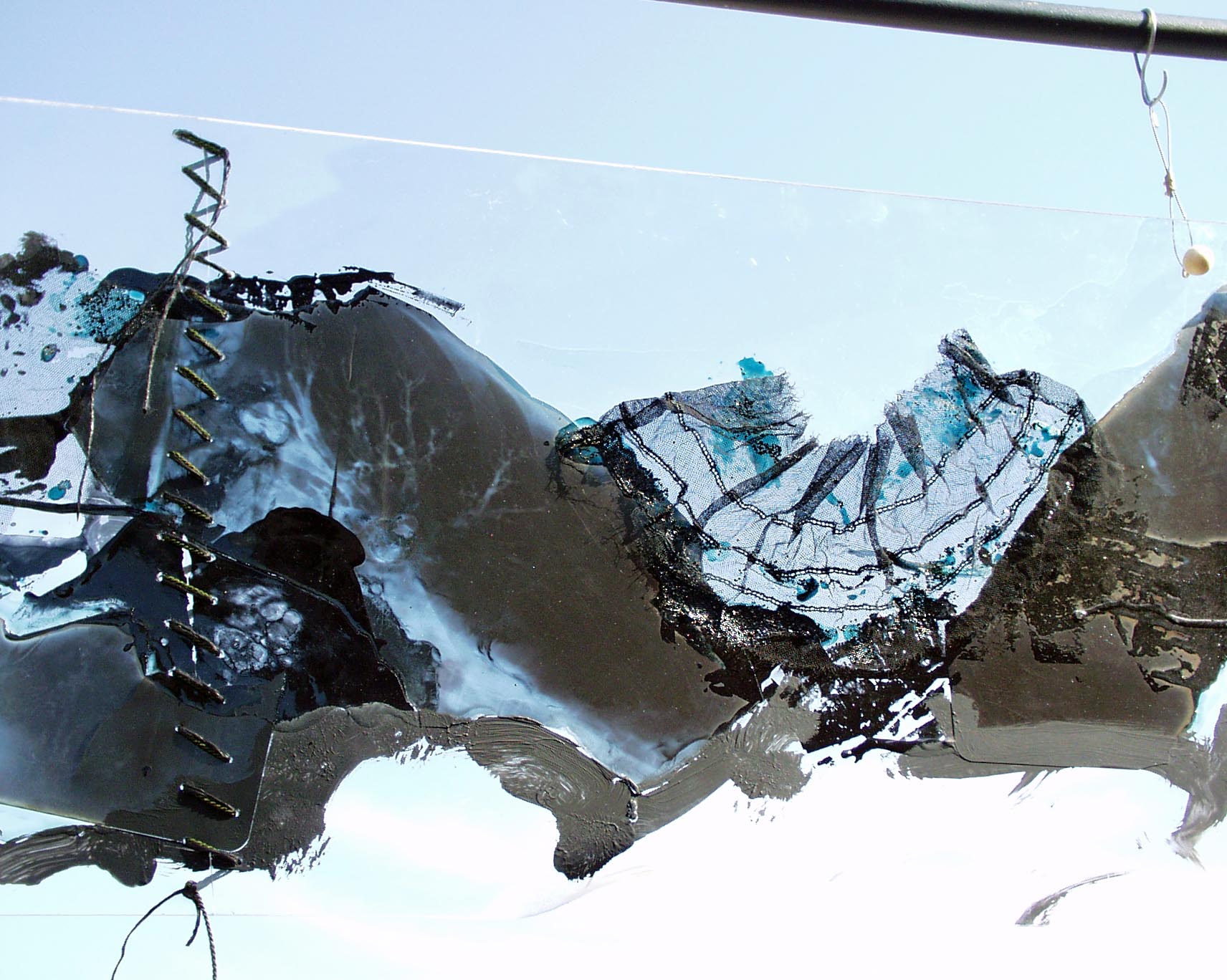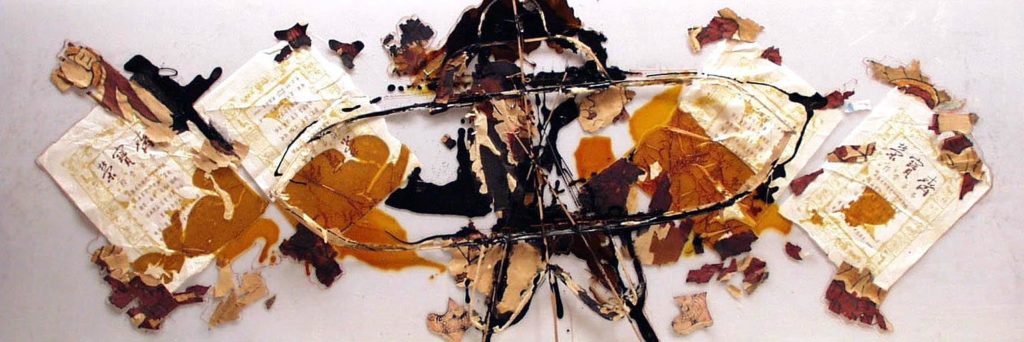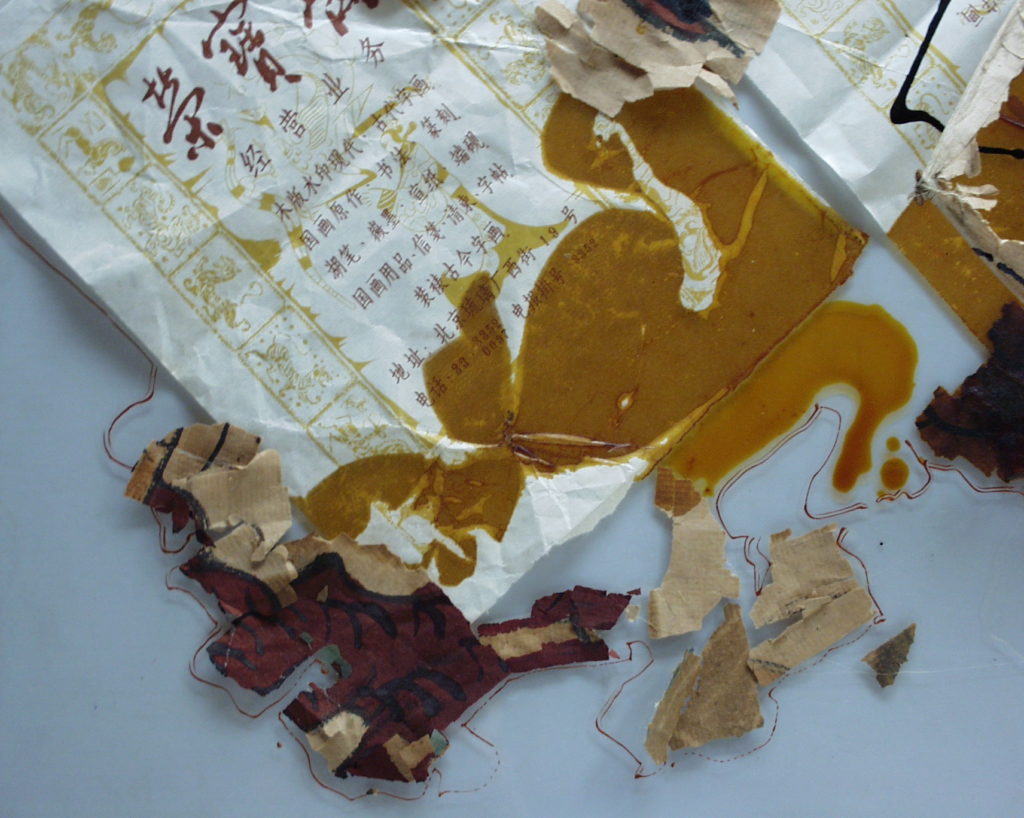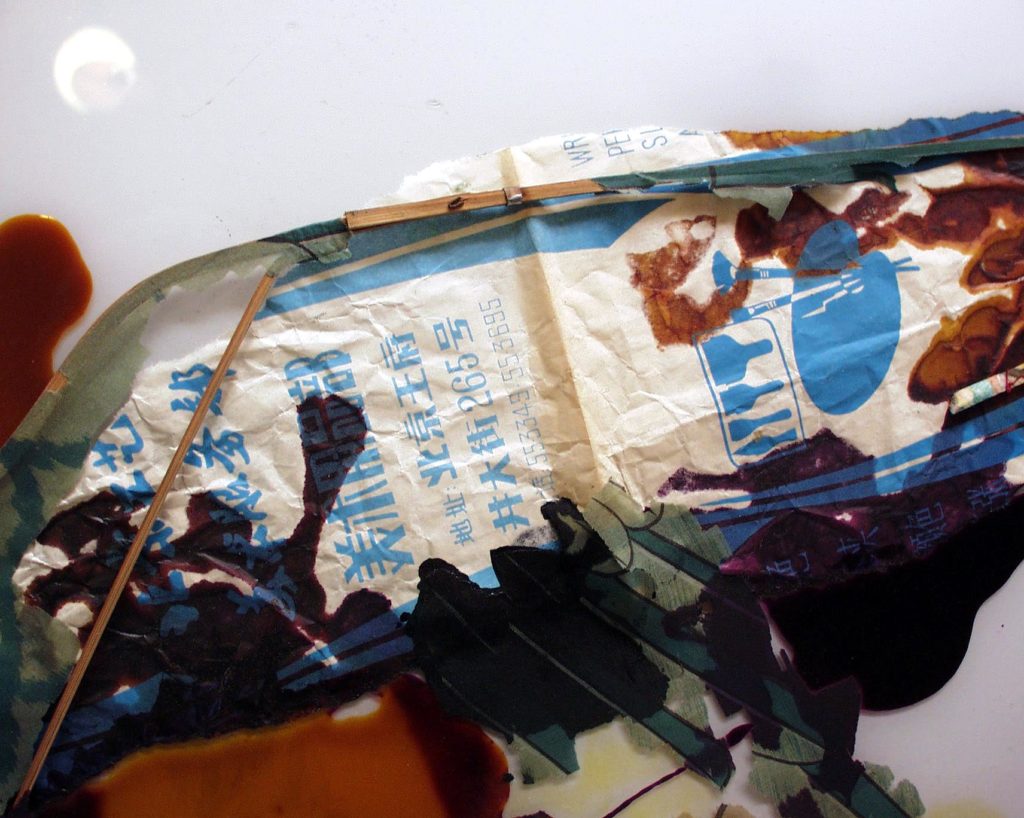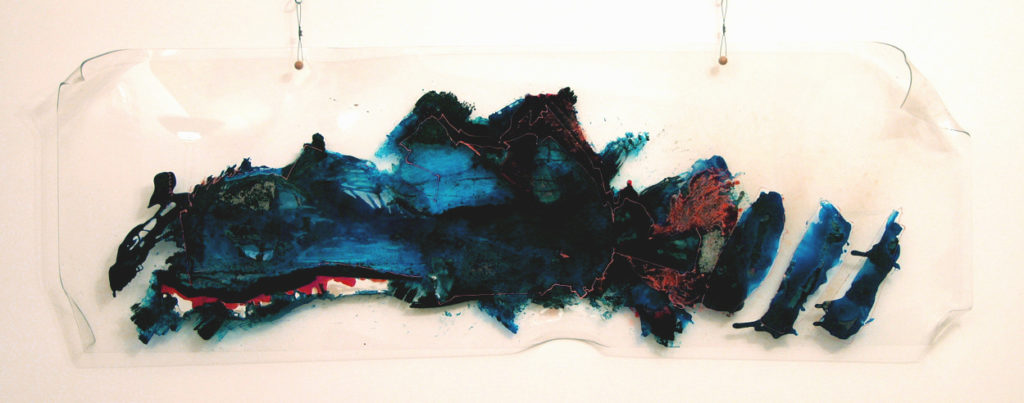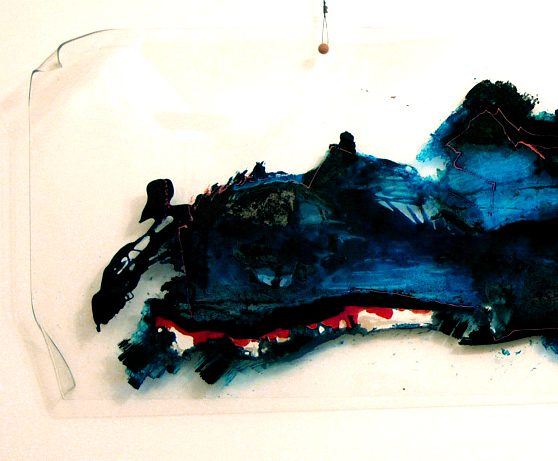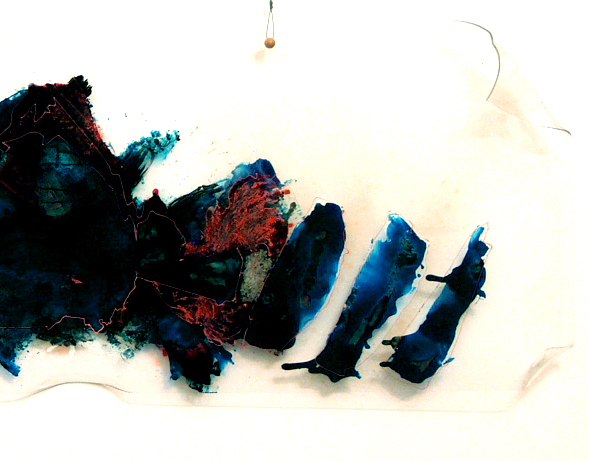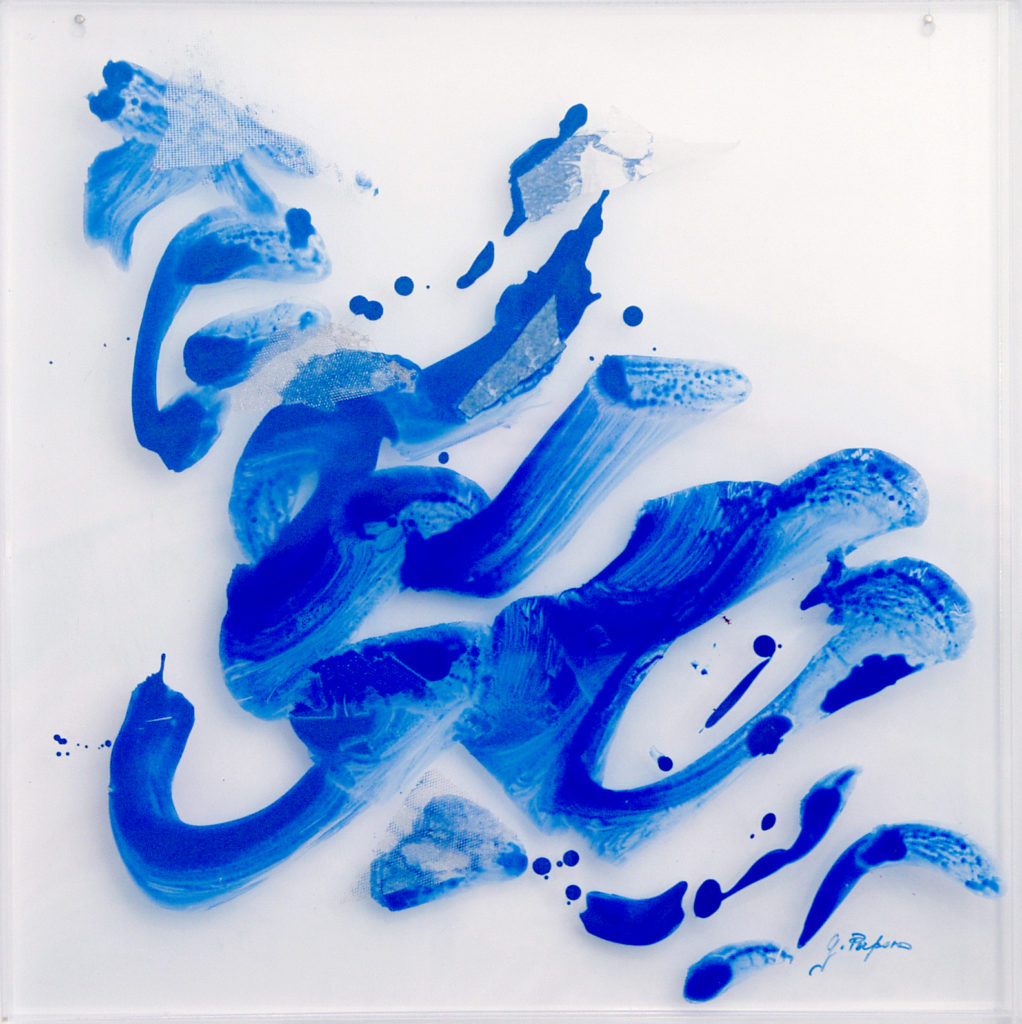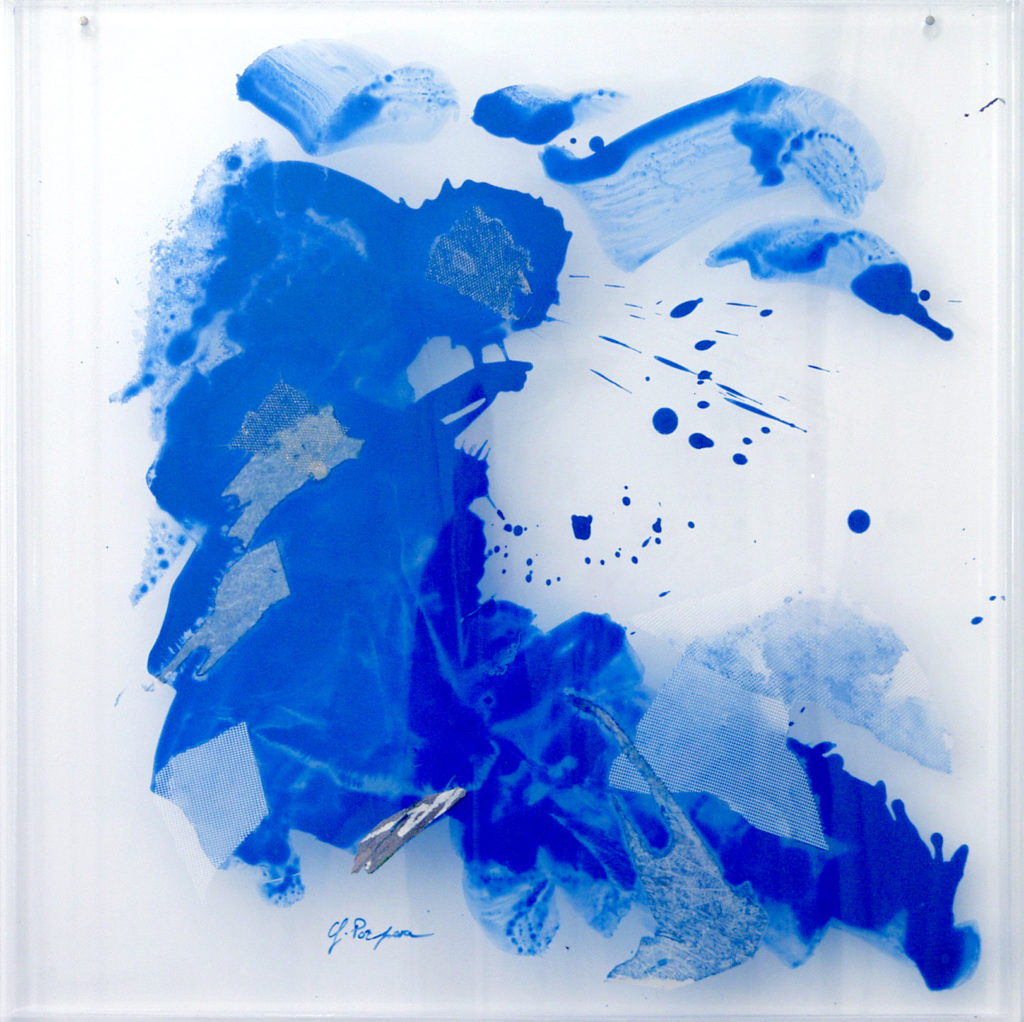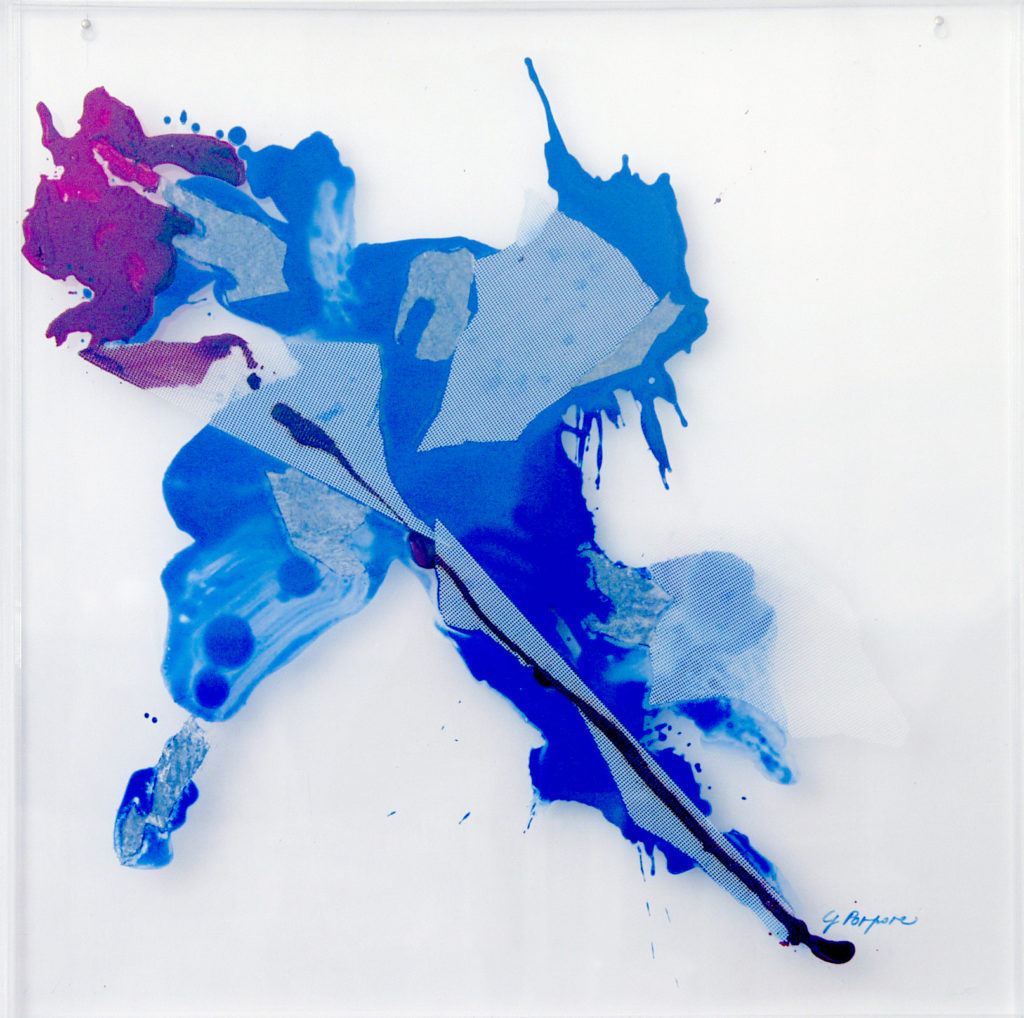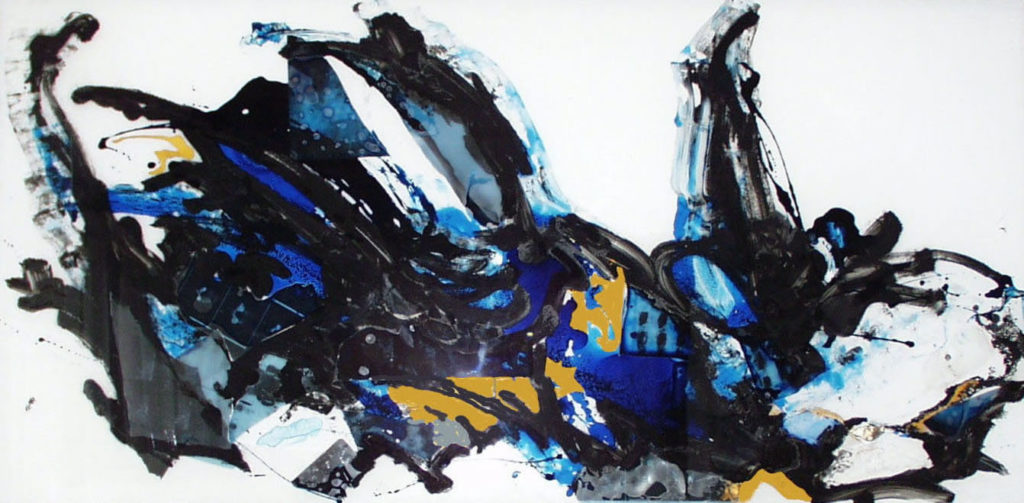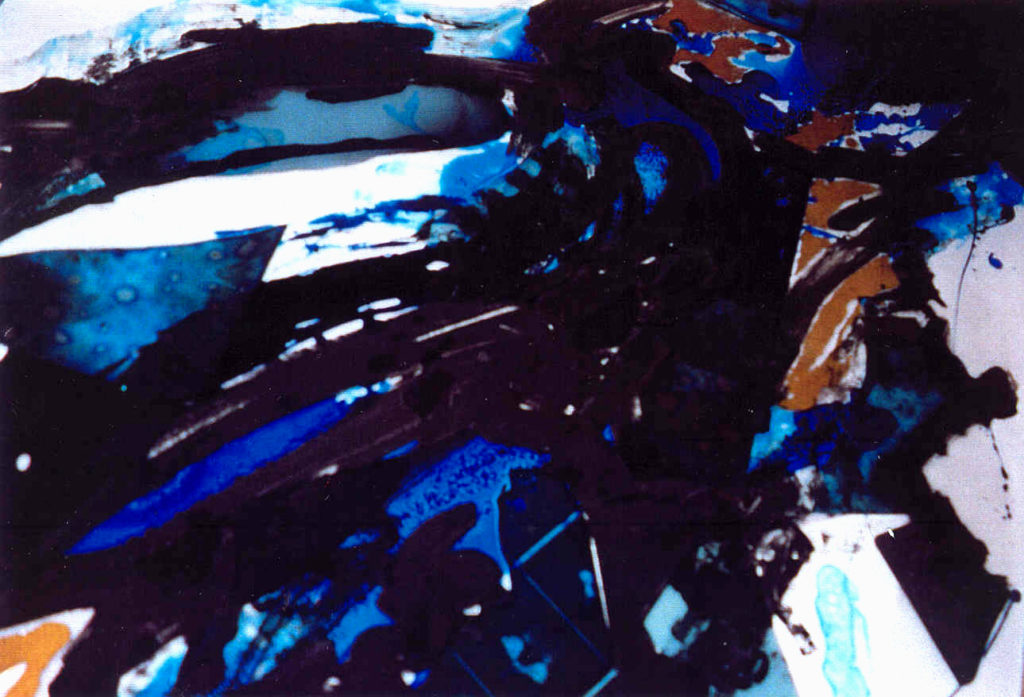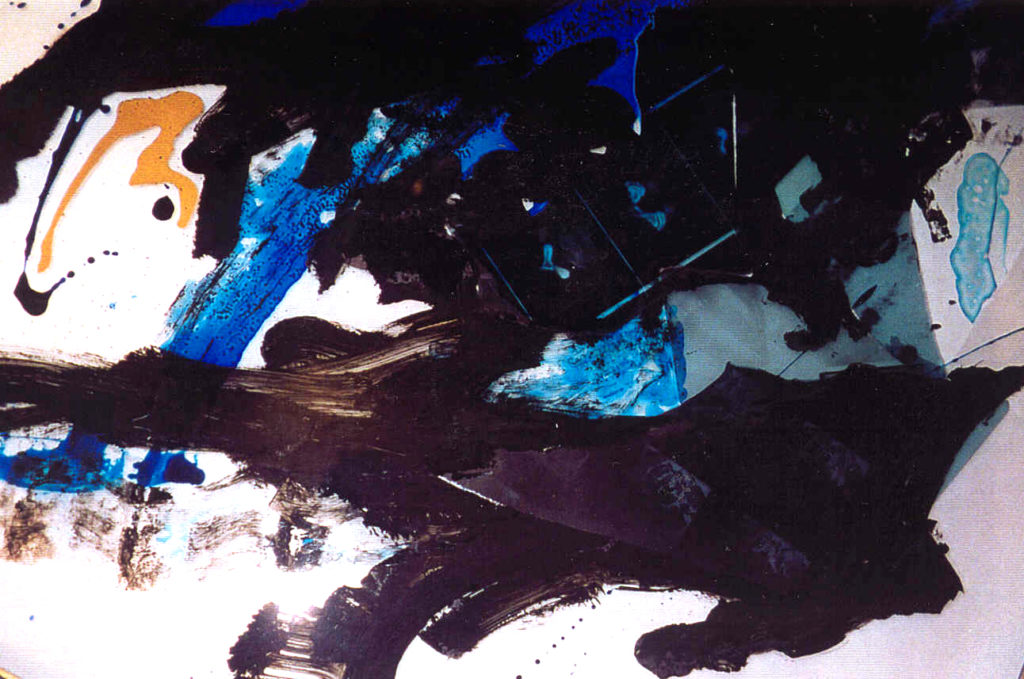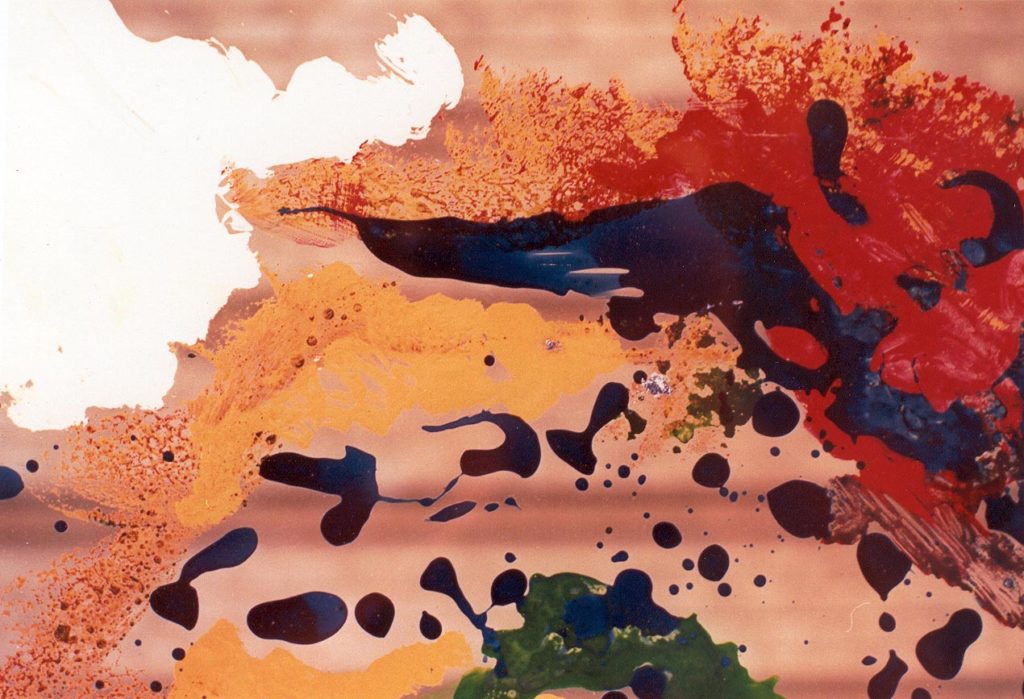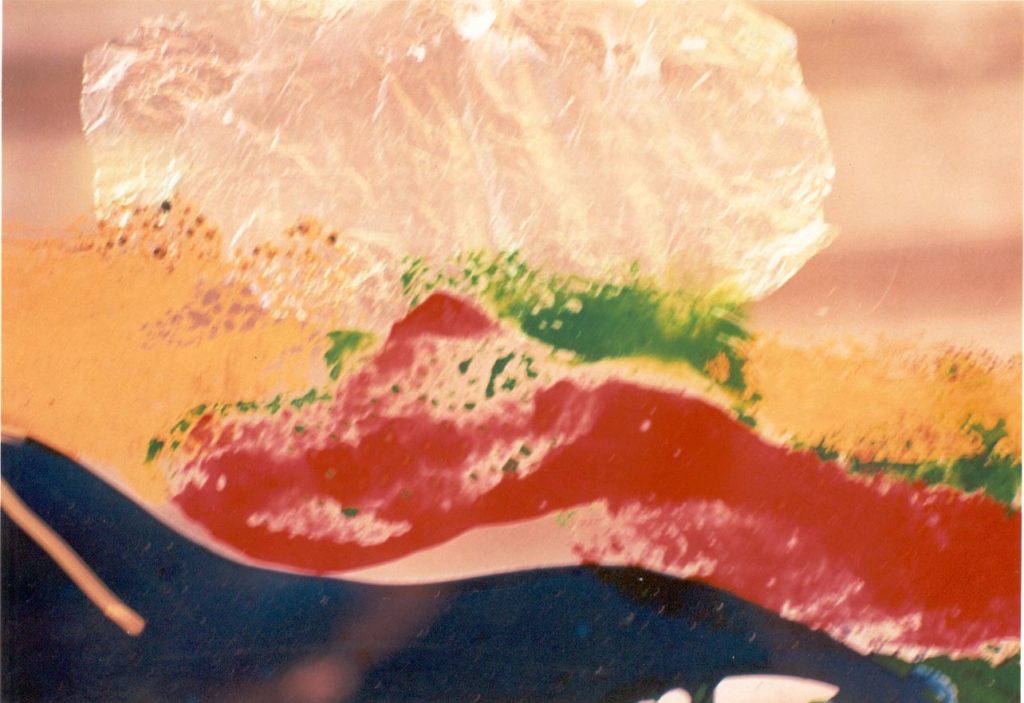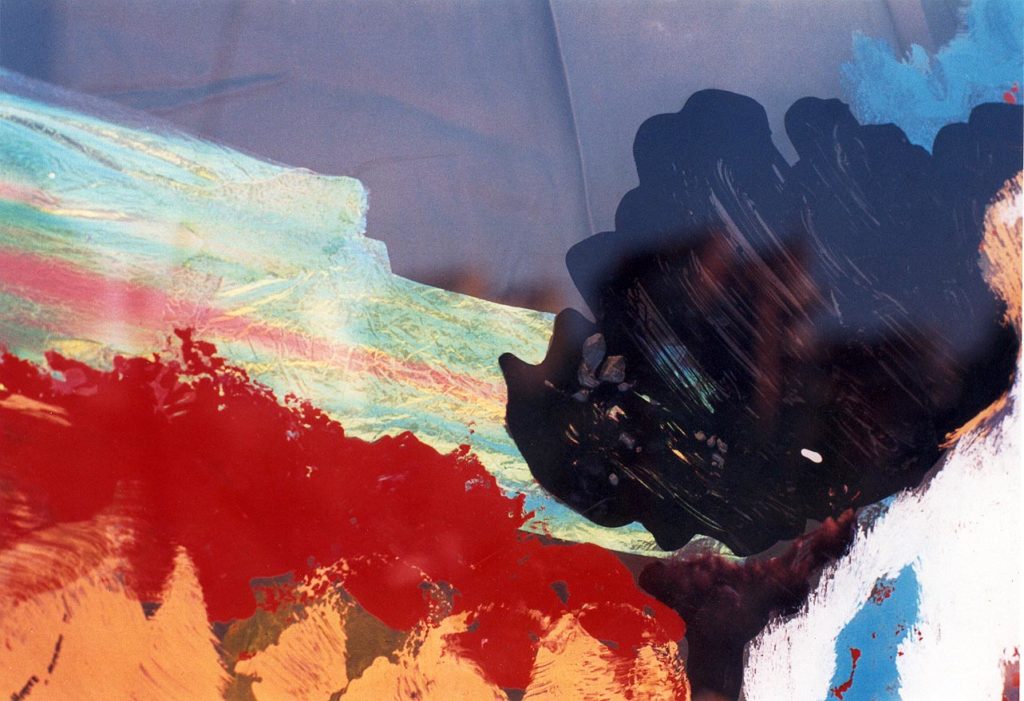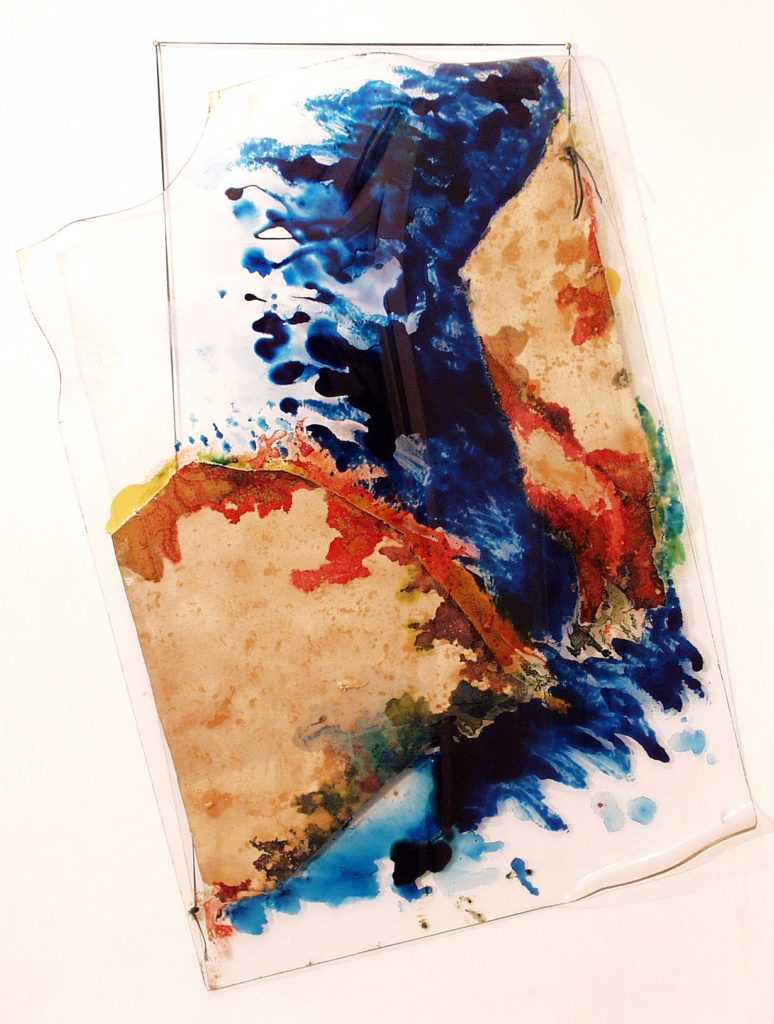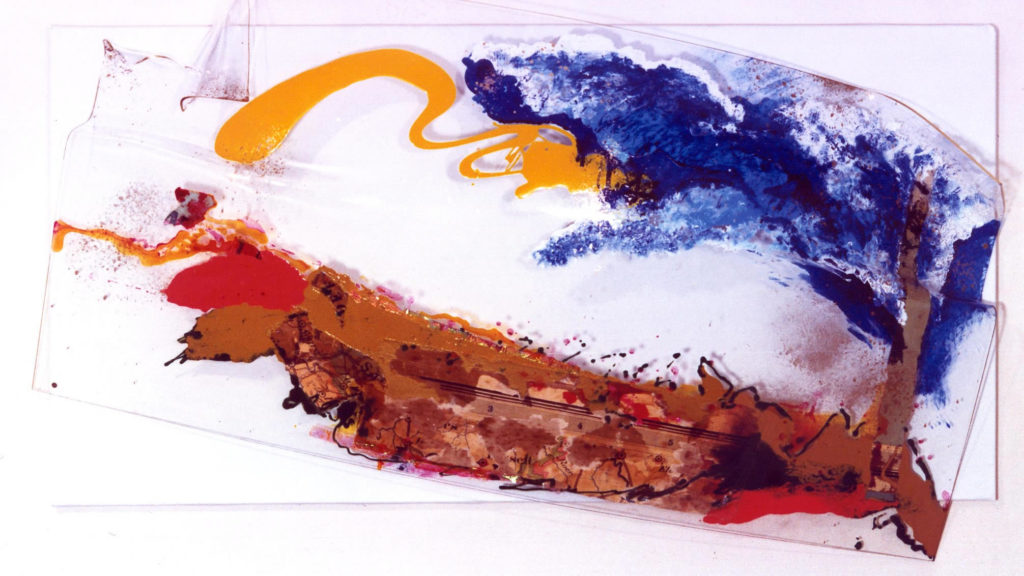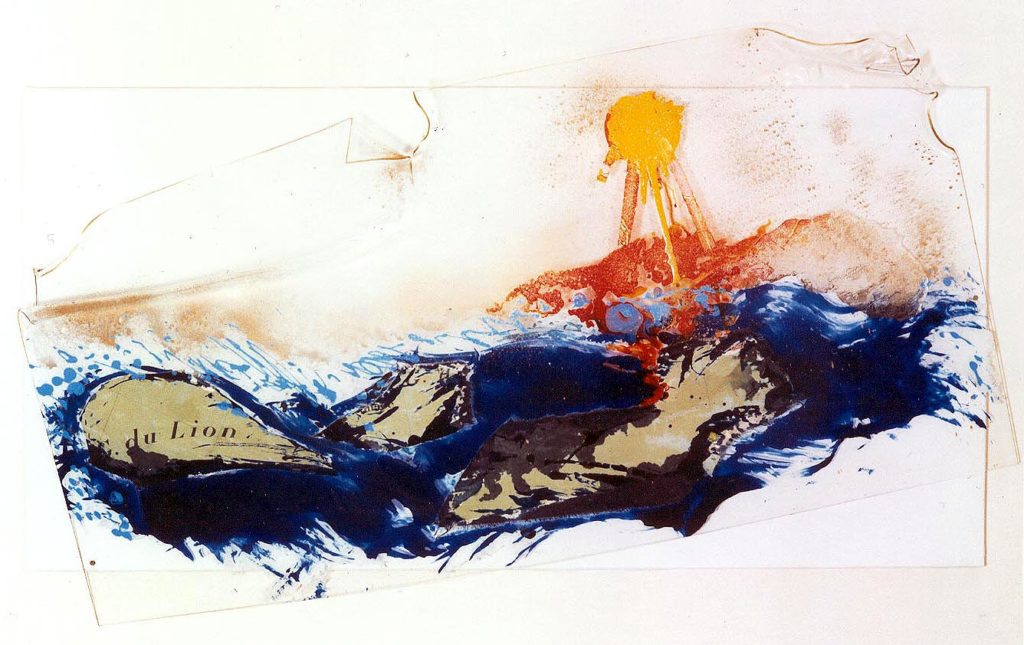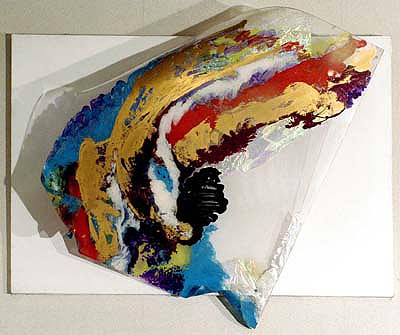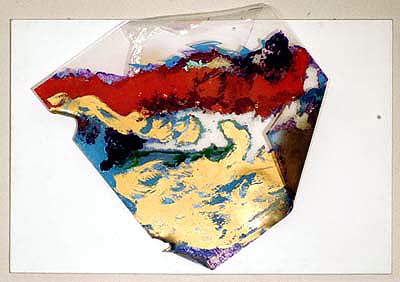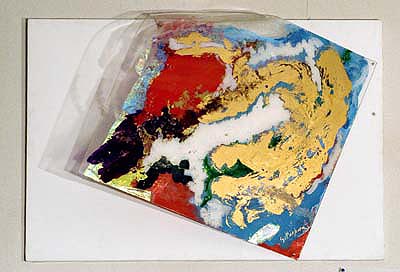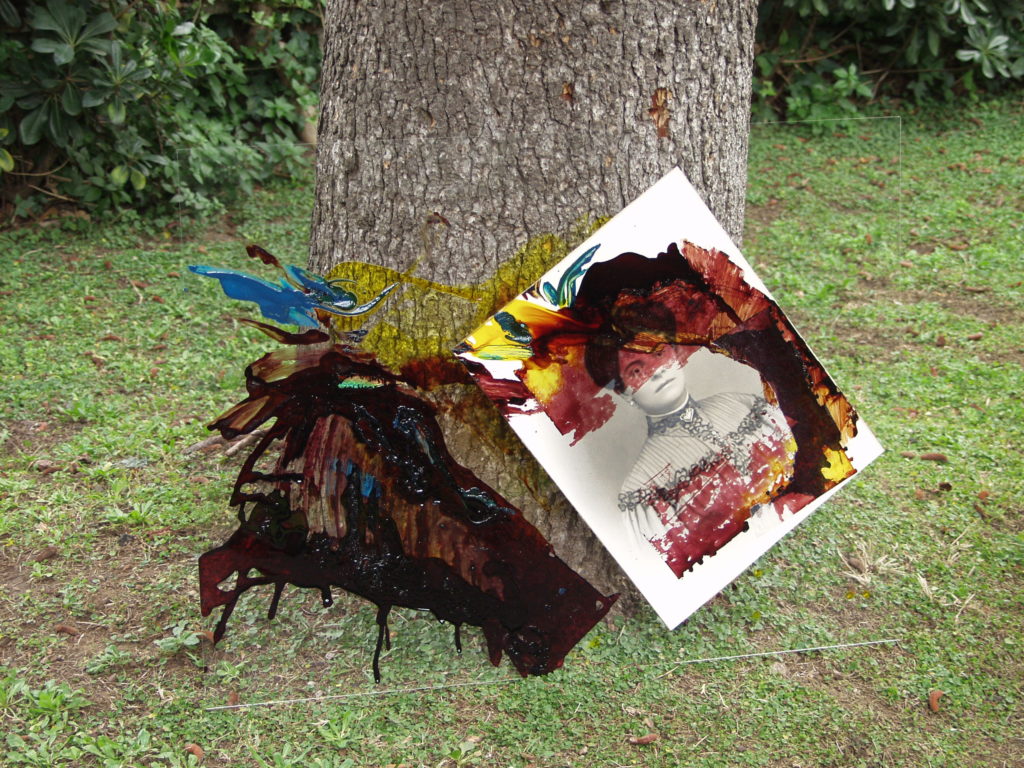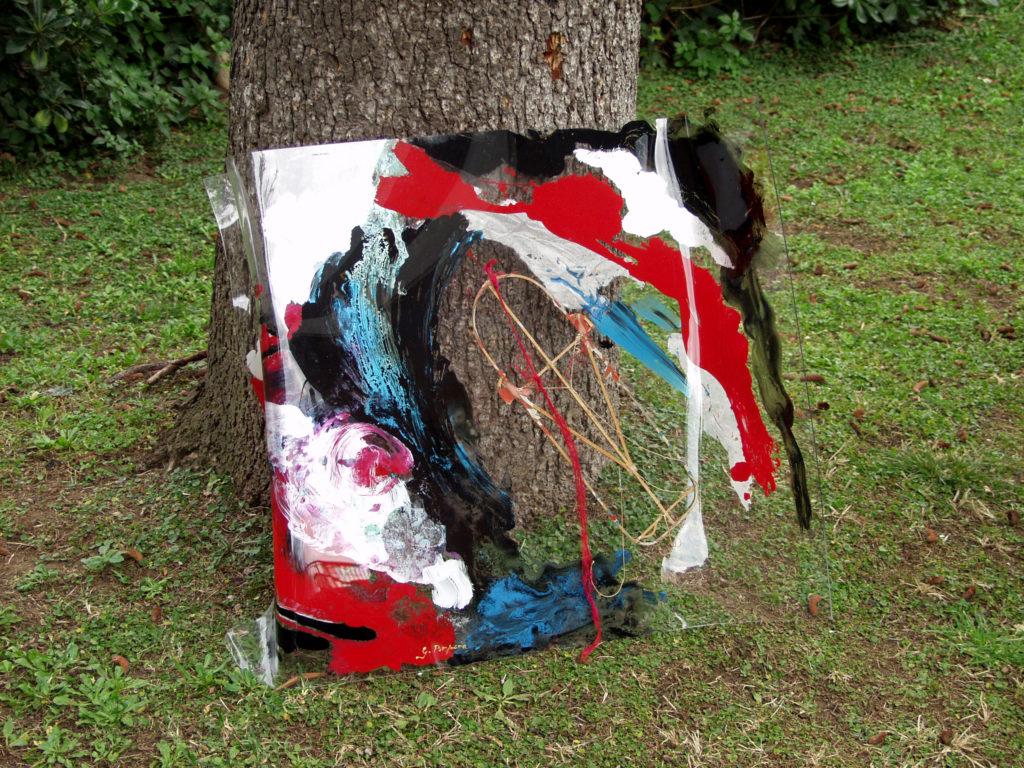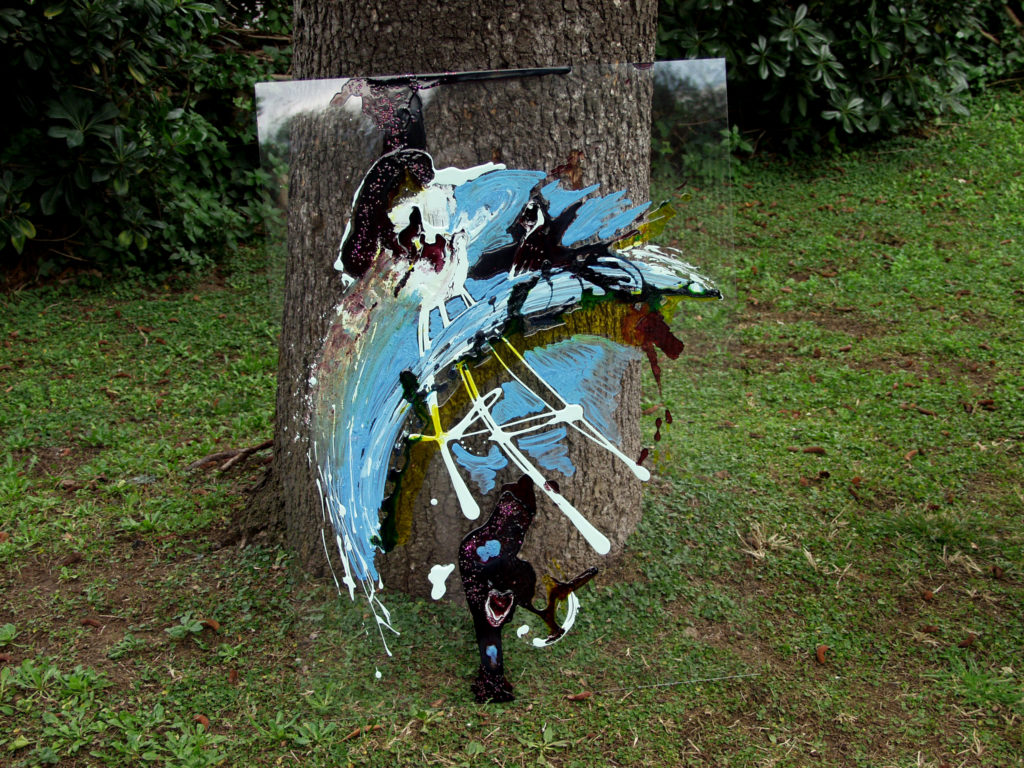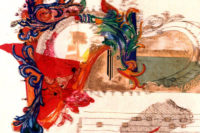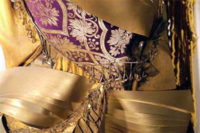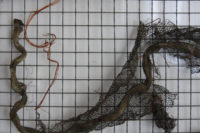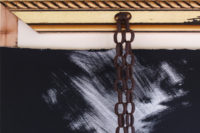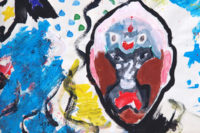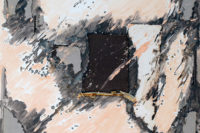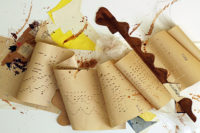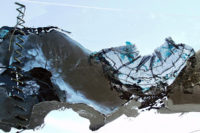Project Description
TRASPARENZE
È veder – vedersi attraverso, superare il limite della forma per penetrare la sostanza, eludere il confine fisico della materia dilatandone lo spazio per compenetrazione di luce ed atmosfera. Troviamo dilatazione di piani e morbida sinuosità nella serie in Perspex. Queste evidenziano il trascorrere del tempo e l’ineluttabile caducità del nostro essere. Memorie e oggetti che l’artista utilizza, ricompone e riabilita, quali vettori di un nuovo senso, di una rinnovata meditazione positivamente trasparente e mobile: di noi rimane il vissuto.
English version
It is seeing – seeing oneself through, overcoming the limit of form to penetrate the substance, eluding the physical boundary of matter by dilating its space through the interpenetration of light and atmosphere. We find expansion of planes and soft sinuosity in the Perspex series. These highlight the passage of time and the ineluctable transience of our being. Memories and objects that the artist uses, reassembles and rehabilitates, as vectors of a new meaning, of a renewed meditation that is positively transparent and moveable: our experience it our legacy.
Seduction
(1,20mx50cm)
In volo
Flying – (1,20mx50cm)
Il mio soggiorno a Pechino nel 1984, ha stimolato il mio interesse nel trovare dati che alla fine potessero avvicinare l’Est e l’Ovest. Una sorta di mediazione tra due culture diverse, quella orientale indirizzata alla spiritualità, quella occidentale più interessata all’esteriorità, impegnata ad imporre il proprio stile di vita. La Storia della Cina Contemporanea di J.K. Fairbank è stata un punto di affinamento delle mie conoscenze sugli ultimi duecento anni di questo Paese, di una civiltà millenaria.
In questi anni è stato possibile osservare il forte contrasto tra tradizione e innovazione nei mercatini dell’antiquariato che presentavano una visione eteroclita. Non posso dimenticare il fruscio di migliaia di biciclette che alle sei del mattino inondavano le strade, o i “traslochi” in incredibili equilibri su una bicicletta, uomini e donne con le divise militari, il vento della Siberia che ti tagliava il respiro sulle Grandi Mura e la decadenza della Città Imperiale.
Quest’opera fa parte della Collezione Farnesina del Ministero degli Esteri di Roma.
English version
My stay in Beijing in 1984, stimulated my interest finding data that eventually can approach Est and West. A sort of mediation between two different cultures, that oriental oriented to the spirituality , instead to the occidental more interested to the exteriority, committed to impose its own style of life. The History of Contemporary China of J.K.Fairbank has been a point to perfect my knowledge upon the last two hundred years of this country, of a millenial civilization.
In these years was possible to observe the strong contrast between tradition and innovation in the antique markets that presented a heteroclite vision. I can’t forget the rustle of thousand of cycles that at six in the morning flooded the streets, or the “removals” in an incredible balances on a cycle, man and woman with military uniforms, the wind of the Siberia that cut your breath in the Great Walls, the decadence of the Imperial City.
This art work takes part in the Farnesina Collection of Foreign Office in Rome.
Aquiloni
Flying kites – (1,20mx50cm)
Neroblu
Blackblue – (1,20mx50cm)
Ritmo di danza
Dance Rhythm – (60cmx60cm ciascuno)
Composto da tre parti diverse ma legate tra loro dallo svolgersi sinuoso del ritmo della danza in tre tempi. Il “blu Yves Klein” ha ispirato questa artista, ma al posto del corpo di donne nude (che senza dubbio ha fatto storia) ha utilizzato dei pennelli cinesi molto grandi.
La superficie esterna in perspex delle tre parti è curvilinea e scorre dall’una all’altra con un motivo ondulato a “s”.
La sua ricerca d’avanguardia l’ha stimolata a trovare nuovi contesti per avere una visione multipla degli eventi. Il tema “Uscita dal quadro”, che significa andare “Oltre il quadro” (comprende una serie di opere raccolte in una mostra personale), implica in realtà anche un ingresso e un attraversamento, alludendo al lavoro che l’artista compie per orientarsi ai problemi attuali. In questo caso “smentisce” il quadro “su tela” e lo spettatore è chiamato a condividere intenti e modi, perché l’artista apre lo spazio, con un “invito alla danza”, in una continuità fisica e mentale, tra l’autore, l’opera rappresentata e lo spazio in cui lo spettatore è coinvolto.
Presentato alla Broadway Gallery, NY – il critico Mc Cormack afferma:
«Forse è la particolare tonalità di blu, che Gabriella Porpora ha scelto per il suo dipinto monocromo su plexiglass ‘Ritmo di danza’, che fa pensare a Yves Klein, l’avanguardia francese che ricopriva le donne nude di pittura e creava composizioni facendole rotolare e trascinandole su enormi tele disposte sul pavimento.
La danza gestuale genuina di Porpora dà un polso ritmico e sembra comunicare la soddisfazione con se stessa e con il mondo, e il piacere, si dovrebbe aggiungere, è contagioso per lo spettatore.
Ancora una volta lo spettatore non ha altra scelta che arrendersi, lasciando che un sorriso sia il suo ombrello.»
Guardando al passato anche questo lavoro è stato un preludio alla serie sul tema musicale che quest’artista realizzerà in seguito!
Quest’opera è stata presentata alla Broadway Gallery di New York, dalla Curatrice Stefania Carrozzini, che scrive:
«La mostra in cui partecipa Gabriella Porpora a New York è incentrata sui canali della “Felicità – Happiness – come luce”, spazio ed energia catturati da mente e cuore aperti. Attraverso diversi media l’artista ha testimoniato una relazione con “Happiness” avvenuta nel tempo e nella vita ordinaria, ma anche come forza misteriosa e inesplicabile che guida un processo creativo.»
English version
Compound by three different parts but tied together by the unfolding sinuous rhythm of the dance in three times. The “Yves Klein blue” inspired this artist, but instead of the naked woman’s body (that without doubt has made history), she used some very large Chinese brushes.
The external perspex surface of the three parts is curvilinear and flows from one to the other with a wavelike “s” pattern.
Her avant-garde recherche has stimulated her to find new contexts to have a multiple vision of events. The theme “Uscita dal quadro”, which means going “Beyond the picture” ( comprises a series of works collected in a personal exhibition), in reality implies also an entrance and a crossing, alluding to the work that the artist does to orient on current issues. Here she “disclaims” the picture “on canvas” and the viewer is called to share intents and ways, because the artist opens the space, with an “invitation to dance”, in a physical and mental continuity, between the author, the work represented and the space in which the viewer is involved.
Presented to the Broadway Gallery , N.Y. – Curator Mc Cormack says:
«Perhaps it’s the particular blue hue, that Gabriella Porpora has chosen for her monocrhomatique painting on plexiglass ‘Ritmo di danza’ (‘Dance rhythm’), that make one think of Yves Klein, the French avant-gardist who covered nude women in paint and created compositions by rolling and dragging them across huge canvases laid out on the floor.
Porpora’s veritable gestural dance gives a wrists rhythmic and splashes also looks quite pleased with itself and with the world.
And the pleasure, one should add, is contagious for the viewer.
Once again the viewer has no choice but to surrender, letting a smile be his or her umbrella».
Looking at the past also this work has been a prelude to the serie on the music theme that this artist will realise later!
This art work has been presented in the Broadway Gallery of New York, by curator Stefania Carrozzini, who writes:
«The exhibition in witch partecipate Gabriella Porpora in New York is focused on the channels of “happiness as light”, space and energy captured by an open mind and an open heart. Through different media the artist testified a relation with Happiness that occurred during ordinary time and life, but also as mysterious and inexplicable force that lead a creative process.»
Autoritratto
Self-portrait – (1,10mx2,10m)
Autoritratto – quest’opera fa parte delle collezioni “Trasparenze al nero”, mostra personale presentata nella galleria “La Cuba d’Oro”.
Come sciamana, cerca di sondare i recessi oscuri della natura e la materia (perspex). Il senso della creazione, si identifica in superfici policrome e polimateriche. È una sfida: assemblare inserti di radiografie personali, carte geografiche, occhiali che alludono al suo passato è un mettersi a nudo, spogliarsi di sovrastrutture, suggerire un personaggio, una persona.
Le sue forti pennellate esprimono la veemenza delle sue emozioni, inseguono il futuro senza rinnegare il passato. Questo periodo è particolarmente emblematico, perché guai segreti rimandano alla figura simbolica della “Melancolia” del Rinascimento (Michelangelo, Durer).
Avida lettrice di tutti gli scrittori classici, della letteratura italiana e russa, Dostoyesky, Tolstoj, Pasternak, F. Pirandello, oltre al filosofo F. Nietzsche, che concorrono molto alla sua introspezione.
Le “grandi dimensioni” di quest’opera, danno “un senso” a questa sostanza trasfigurando questo artista nella “trasparenza” stessa!
Curatore V. Veronesi.
English version
Self-portrait – this art work is a part of the collections “Trasparenze al nero”, a personal exhibition presented in the “La Cuba d’Oro” gallery. As a shaman, she try to probe the dark recesses of the nature and the stuff (perspex). The sense of the creation identifies itself in polychrome and polymateric surfaces. It is a challenge: assembling inserts of personal radiographs, geographical maps, glasses that allude to his past is a way of getting naked, undressing of superstructures, suggesting a character, a person.
Her strong brushstrokes express the vehemence of her emotions, chase the future without to denying the past. This period is particularly emblematic, because secret troubles send back to the symbolic figure of the ” Melancolia ” of the Renaissance period (Michelangelo, Durer).
Avid reader of all the classical writers, italian and russian literature Dostoyesky, Tolstoi, Pasternak, F. Pirandello, than the philosopher F. Nietzsche, that concur a lot to her introspection.
The “larges dimensions” of this work, give “a sens” to this substance transfiguring this artist in the same “trasparence”!
Curator V. Veronesi.
GEOGRAFIE IMPOSSIBILI
La sua è pittura materica che nasce come compiacimento estetico e decorativo di immagini di più antica memoria. Un’esperienza ne alimenta la ricerca, in quel frangente ( una lunga permanenza a Bucarest, in Romania) rimane colpita dalla tradizionale pittura su vetro, icone che adottano i colori ma non ne restituiscono la luce, lasciando la lucentezza alla superficie del vetro, richiamandola poi con la stessa “doratura”, che invece serviva per illuminare la pittura di icone su supporto ligneo.
E’ questa riflessione che la ispira nel cercare un supporto alla sua pittura che le potesse permettere di vivificare i colori e la lucentezza oltre che la trasparenza: il perspex ha così sostituito il vetro. Il suo lavoro ancorato alle caratteristiche di un informale materico, ne articola la spontaneità in assemblaggi e collages che inglobano, a volte sospesi nello spazio, frammenti di carte strappate, scritte che affiorano tra i colori, parole che navigano in un orizzonte di luce e colore.
Pittura su plexiglass la sua, che cerca un itinerario, una narrazione di viaggi attraverso la memoria: questa riaffiora in frammenti di cose, figure che appaiono, silhouettes di un mondo coloratissimo.
Si intravedono trasparenze doppie, nella composizione di Libri-oggetto, sempre su plexiglass, in cui le scene si sommano a scene. L’attenzione dell’artista è anche verso l’iconografia medioevale da lei ricercata in particolare nelle pagine di “ Codice Miniato”, che diviene percorso/supporto di preziosi spazi metafisici. In altri lavori è il materiale usato che acquista propria valenza decorativa da strappi ricercati, da fratture o assemblaggi matrici, che coniugano colore e materia , sempre in sospensione e in chiave di poetiche visioni.
Gabriella Dalesio (critica d’Arte)
English version
Her is matter painting that was born as an aesthetic and decorative pleasure of images of more ancient memory. An experience feeds her research, at that juncture (a long stay in Bucharest, Romania) she is struck by the traditional painting on glass, icons that adopt colors but do not return the light, leaving the shine to the surface of the glass, recalling it then with the same “gilding”, which instead was used to illuminate the painting of icons on a wooden support.
It is this reflection that inspires her in seeking a support for her painting that could allow her to enliven the colors and brightness as well as transparency: perspex has thus replaced glass. Her work anchored to the characteristics of an informal material, articulates its spontaneity in assemblages and collages that incorporate, sometimes suspended in space, fragments of torn papers, writings that emerge among the colors, words that navigate in a horizon of light and color.
She paints her on plexiglass and her, looking for an itinerary, a narration of travels through memory: this resurfaces in fragments of things, figures that appear, silhouettes of a very colorful world.
Double transparencies can be glimpsed in the composition of Books-Object, again on plexiglass, in which the scenes are added to scenes. The artist’s attention is also towards the medieval iconography that she sought in particular in the pages of “Codex Illuminated”, which becomes a path/support of precious metaphysical spaces. In other works it is the material used that acquires its own decorative value from refined tears, fractures or matrix assemblages, which combine color and matter, always in suspension and in the key of poetic visions.
Gabriella Dalesio (Art critic)

